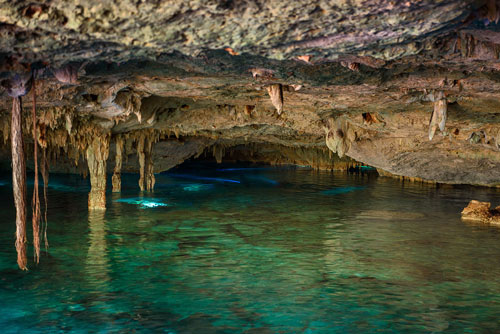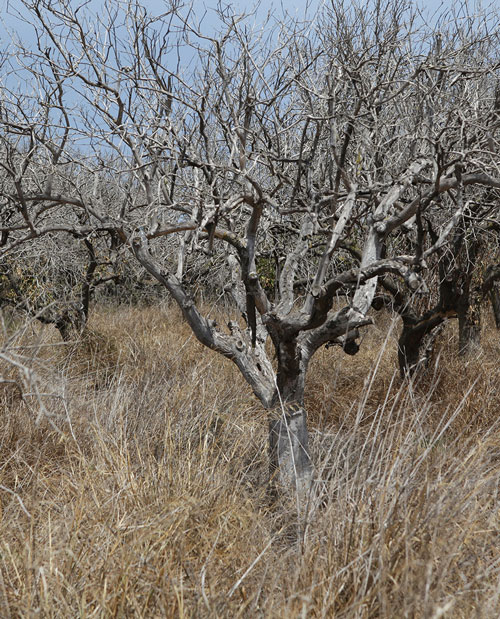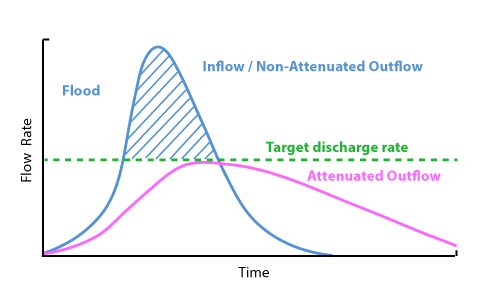Ecological, Environmental & Carbon Profile
Introduction
The ECO-90™ system deals with stormwater at source, allowing catchment stormwater to infiltrate the soil on either a construction or natural turf site, helping water to move below ground much as it did prior to the land being developed. This is at the heart of the ECO-90™ ecological and environmental profile and is best seen through how it impacts two key issues: drought and flood.

For instance, because that the ECO-90™ system does not follow traditional drainage design that moves a large amount of stormwater from A to be in conventional horizontal pipes creating problems down the line, it does not contribute, as they do, to the flooding of water treatment facilities that then discharge into critical stream, River and marine ecosystems.
Furthermore, on larger construction sites, ‘clusters ‘of ECO-90™ can be installed strategically around the site, allowing for a decentralised approach to drainage and assisting highly localised stormwater infiltration. This has the dual benefit of reducing the amount of attenuation (trench(es)) required and more fully replicating pre-development catchment stormwater infiltration.
Open the issue of carbon, the ECO-90™ system is operationally CARBON NEGATIVE, a real plus point for any land-owner or developer in their pursuit of ever lower carbon footprints.
How ECO-90™ reduces flood risk
Although the most preferable suds is a passive infiltration system where stormwater is first attenuated using volumetric storage facilities, followed by the slow release of the stored water back into the ground, in many locations it is often the case that the ground is not considered suitable for the surface in infiltration systems due to the clay/slit ground being insufficiently permeable. this means that the stormwater either has to be discharged to a sewer or a local water course comma which can lead to flooding.
However, if the design of an attenuation trench, compromising large storage, is enhanced with a large number of drilled ECO-90™ infiltrators installed from the base of the trench , the pressure head of collected storm water provides the pressure to force the water into the ground via the ECO-90™ array.
Furthermore, by installing these highly permeable ECO-90™ to depth, more permeable ground strata are encountered, particularly highly anisotropic ground where the horizontal permeability is much higher than the vertical permeability. By enabling infiltration at depth into slit or sand lenses within clay soils, the ECO-90™ system helps to prevent local surface water flooding.
For construction sites an ECO-90™ system helps to mitigate the peak water levels in local rivers following storm events, as shown by the hydrograph opposite. This is because surface water takes time to move through the ECO-90™ system, so providing for more gradual increase in River levels during heavy rainfall and slower reduction in River levels once the rain has passed.
How ECO-90™ reduces drought risk
How ECO-90™ reduces drought risk
Whilst a lot is made of the impact of new build developments on flooding, little is made of the ecological and environmental damage from drought that these developments can cause. Connecting to storm drains might be the easy way out for developers but in most cases such Connexions take stormwater off to wherever, resulting in the land that the development stands on losing water it used to have. This negatively impacts the catchment area and can also undermine the aquifer and the drought resistance of ditches, streams and rivers.
The ECO-90™system deals with stormwater at source, allowing catchment stormwater to infiltrate the soil on either a construction or natural turf site, helping water to move below ground much as it did prior to the land being developed. This provides significant ongoing support for the local ecology.

Former fruit tree killed by drought
ECO-90™ carbon credentials
ECO-90™ carbon credentials
As the ECO-90™system uses no external energy source, it is operationally carbon neutral , with zero carbon run costs and no ongoing maintenance. It can improve the drainage carbon footprint of any site by wiping out external energy requirements to deal with stormwater, with no need for pumps moving water or the energy requirements of treatment works. The system simply becomes part of the soil structure, facilitating the movement of water through multiple soil stratas.
In addition, the ECO-90™ system is positive for Bush, plant and tree growth. It can deal with saturated soils, resulting in a root system no longer rotting in the ground, enabling it to perform its vital role in providing water and nutrients to its above ground host. This was the case at Royal Ascot (see picture opposite) where the Parade Ring is encircled by a bush hedge. The bushes were failing because of saturated ground but once an ECO-90™system was installed the nuisance water was infiltrated into deeper unsaturated ground and the Bush is returned to health.
Equally, the ECO-90™ system is a conduit to transfer surface water to the water table, thereby recharging aquifers and other natural water courses, such as streams and rivers. this helps provide greater drought resistance, enabling plant life to see out spells of drought and thrive again. Where plant life dies, carbon is released into the atmosphere.
By supporting plant growth and survival, the ECO-90™ system helps remove carbon dioxide from the atmosphere and any system or device that facilitates this, combined with zero external energy demands to operate, is described as carbon negative, the highest accolade available in the global drive for a carbon neutral world.

A seismic shift in public opinion and buying behaviour
Climate Change
Climate Change has become a catch-all term for our concern about our impact on nature. The realisation about the effect that humans have on the natural environment is the most obvious when looked at through the lense of carbon emissions. This is, however, part of a wider public concern about what we are doing to ecosystems through: relentless building development; plastics; drought; flood; and the extinction of countless species.
Public opinion, particularly amongst the demographic of house buyers, is shifting to growing concerns about property developments that show little care for the ecology and environment and are ‘green washing’. Such house buyers are wary of any implied association to ‘green washing’ and associated ‘profits at all costs’ motives. Moving forwards, developers who put profit ahead of the natural environment will find increasing reputational issues with house buyers and sites will struggle to sell down.

Children are influencing parents’ opinions
Much of adult concerns regarding climate change relates to the climate and nature legacy they will leave for our children. What children think therefore does matter.
In March 2020 BBC Newsround worked with Savanta-ComRes, a specialist survey company who asked 2,000 eight to sixteen year olds to answer a series of questions about climate change.
- Four out of five of children (80%) said the problem of climate change was important to them, with over a third saying it was very important
- Just three out of every 100 said that the environment wasn’t important to them
- Nearly three quarters (73%) said they are worried about the state of the planet right now-including 22% who say they are very worried
- When asked about their futures, almost three in five (58%) children said they’re worried about the impact that climate change will have on their lives
- More than half (59%) of them don’t think their voices are being heard on climate change
- Nearly two thirds (64%) don’t believe people in power are listening to them enough when they do talk about it
- But when asked about the action being taken by grown-ups to tackle the problem, more than two in five (41%) said they don’t trust adults to tackle the challenges that climate change presents.
Sustainable Drainage Systems (SuDS) will become far more dominant in planning decisions
Sustainable Drainage Systems (SuDS) will become far more dominant in planning decisions
Water features in Climate Change as a threat due to drought or flood, but is not necessarily appreciated as a highly precious commodity in our daily lives. The UK currently has a water surplus of 12% but population growth will see that become a water deficit of between 8%-22% within the next 30 years (DEFRA, March 2017). This makes the case for SuDS enforcement all the more important because developments discharging stormwater into sewers, including water courses, that in the end lose the water to the sea is irrational and unsustainable.
The ECO-90™ drainage system stands up to robust ecological and environmental interrogation and whilst most house buyers don’t stop to think about climate changes and drainage systems, it is only a matter of telling them before they understand what’s on site and where it fits into SuDS.
Wild water swimming, pollution and SuDS
With many people forced to stay close to home due to COVID lockdown there was a surge in river swimming. This resulted in many swimmers confronting river pollution and a barrage of questions aimed at water companies followed. Storm drains taking storm water to combined treatment works have become overrun in major rainfall events and either the sewage is discharged into a watercourse or sent back up into homeowners toilets, so the watercourse gets it. As of February 2021 a private members bill is now looking to address this matter and the result is most likely that water companies will either refuse new connections to their storm drains or to allow it at a restricted rate. Again, SuDS will be seen as an answer and ECO-90™ as a ‘go-to’ system within the Tier 1 hierarchy of SuDS solutions.




